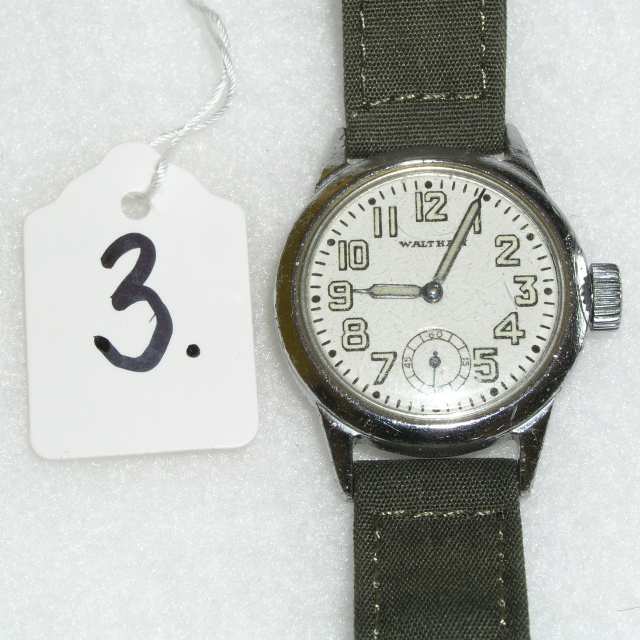
AMST Men's Quartz Watch Digital Analog LED Dual Display Military Army Sports Clock Waterproof Japan movement Relogio Masculino| | - AliExpress

AMST Men's Quartz Watch Digital Analog LED Dual Display Military Army Sports Clock Waterproof Japan movement Relogio Masculino| | - AliExpress

AMST Men's Quartz Watch Digital Analog LED Dual Display Military Army Sports Clock Waterproof Japan movement Relogio Masculino| | - AliExpress

Mens Watches Top Brand Luxury Amst Military Sports Watch Leather Strap Quartz Watch Waterproof Relogio Masculino - Quartz Wristwatches - AliExpress

Koupit AMST Military Watches Dive 50M Nylon&Leather Strap LED Watches Men Top Brand Luxury Quartz Watch za dobrou cenu — doprava zdarma, skutečné recenze s fotkami — Joom

Zľava Male móda šport vojenské náramkové hodinky 2020 nové cent hodinky mužov luxusné značky 5atm 50m ponoriť led digitálne analógový quartz hodinky > Pánske Hodinky ~ www.for-home.sk

AMST Watches Men Analog Digital Army Military Watch 5ATM Waterproof Clock Sport Wristwatch Quartz LED Mens Watches Relogio - AliExpress

Zľava Náramkové Hodinky SKMEI 3 Čas Luxusné Led Svetlo, Digitálne Hodinky, Módne Pánske Business Hodinky odpočítavať Hodiny Muž Relogio Masculino \ Pánske Hodinky - www.pizzamamila.sk

Kúpiť Top značky športové pánske hodinky quartz hodinky vodotesné bežné mužov nylon kapela remienok hodiniek hodiny relogio masculino ~ zľava / www.pumask.sk

AMST Men Army Military Sport Stainless Steel Case Digital LED Quartz Brown Leather Wrist Watch | Wish

Náramkové hodinky 2.V Waltham 3. | HODINKY | M1 Army shop Praha - eshop s nejširší nabídkou vojenského zboží

Koupit AMST Military Watches Dive 50M Nylon&Leather Strap LED Watches Men Top Brand Luxury Quartz Watch za dobrou cenu — doprava zdarma, skutečné recenze s fotkami — Joom

Koupit Male Fashion Sport Military Wristwatches 2020 New AMST Watches Men Luxury Brand 5ATM 50m Dive za dobrou cenu — doprava zdarma, skutečné recenze s fotkami — Joom

Mens Watches Top Brand Luxury Amst Military Sports Watch Leather Strap Quartz Watch Waterproof Relogio Masculino - Quartz Wristwatches - AliExpress

AMST Watches Men Analog Digital Army Military Watch 5ATM Waterproof Clock Sport Wristwatch Quartz LED Mens Watches Relogio - AliExpress

Mens Watches Top Brand Luxury Amst Military Sports Watch Leather Strap Quartz Watch Waterproof Relogio Masculino - Quartz Wristwatches - AliExpress






